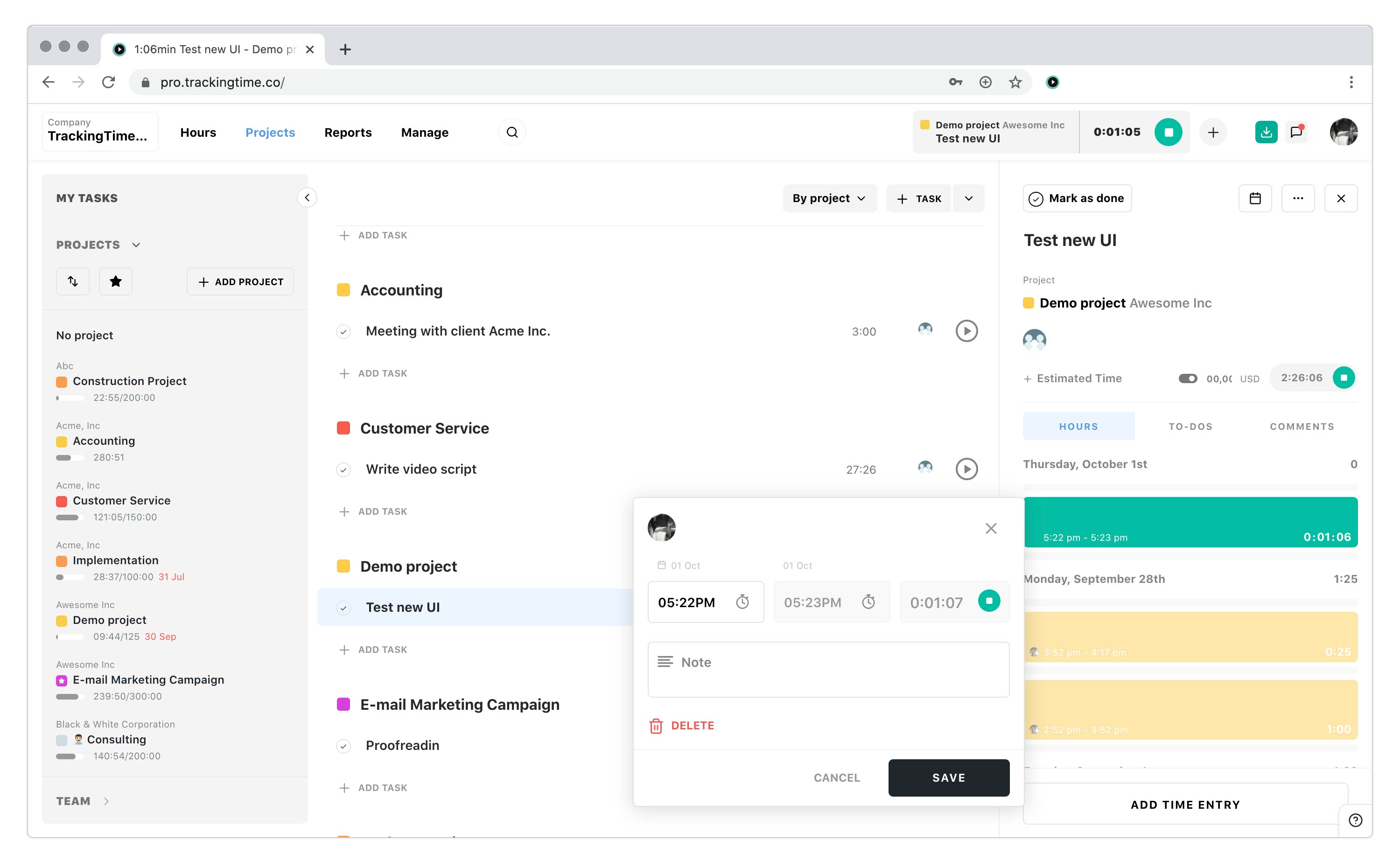
However, nearly every industry has in some way been affected by a distributed workforce. These include workers in retail stores, warehouses, manufacturing, customer service, security, and other jobs that require on-site work. Who is affected by time-and-attendance fraud?Įmployers who compensate an hourly workforce are the most common victims of time-and-attendance fraud. Biometrics offer a highly automated, precise, and accessible approach to employee time and attendance tracking. One way for businesses today to solve the problems of fraud is by using biometric-based time tracking. economy more than $370 million annually, according to the HR Daily Advisor. Buddy punching: Employees punch in on another’s behalf buddy punching costs the U.S.Time theft: Employees or contractors clock in without doing any work, or even being present at the office or jobsite.Two sources of labor fraud in particular are left unaddressed in today’s increasingly mobile workforce: Most of today’s time-and-attendance systems still lack a way to verify that the data submitted on a timesheet is accurate and valid.

However, some elements of time tracking need to evolve with the modern workforce. Timeclocks are as old as the Industrial Revolution, and their purpose is fundamentally the same as it was then: track the time employees spend working so businesses can invoice and pay accordingly.


 0 kommentar(er)
0 kommentar(er)
